Conflict, Harm or Abuse?
One of the things I think about a lot is how everyone commits harm. The capacity to cause harm or be an abuser is possible within each and every single one of us. But the more challenging aspect of this reality is that even if we have not been abusers, we have, in some form or manner, caused someone else harm. It could range from a snappy retort, an accidental shove to domestic violence or sexual assault. This is a fair bit of a jump when discussing harm because this is not to say that one of those trivial acts leads to another. But we must ascertain harm that has been committed through accident or conflict, and harm that was committed through abuse – and the corresponding response to these harms.
When we enter a state of disagreement or conflict, do we try to punish those we are in conflict with? Navigating a state of conflict is challenging, but it does not have to be if we are aware of why we respond the way we do. But we need to examine how we are socialised with regards to conflict and abuse.
How do we envision a world where we hold offenders or perpetuators of harm accountable? The question arises as we battle commonly-held narratives that offer punitive punishment as the only viable and necessary method of holding abusers “accountable”. But is it really accountability when we simply wish to disappear those who commit harm? The possible ramifications of a society that simply offers punishment to those who commit harm is also a dynamic that is translated into our interpersonal lives. This is to say, accountability must be proportionate to the harm that was committed.
Conflict is not inherently harmful, but it has the potential to be harmful. But even so, when the harm is committed as a one-time act of violence, it needs to be assessed whether it was intentional or unintentional. Of course, from the perspective of the victim or survivor, the onus does not fall upon them to determine whether there was the intention or not behind the harm committed against them. For them, the impact is important. We as a society, however, must centre the priorities and feelings of the victim/survivor but also figure out the intentionality behind the harm so as to appropriately determine the consequences for the offender’s actions.
Abuse, however, is repeated use of mistreatment, manipulation, exploitation and violence. The intent and motive are clear — they are determined to enforce violence on to others with no intention of self-reflection or stopping their behaviour. This would require more serious consequences, consequences that simply cannot be similar to someone who has committed harm through conflict or accident.
Positioning abusers as equivalent to those who do harm is another act of harm that we do. When we flatten the power dynamics at play for an abuser to enact their violence against those who do accidental or conflicting harm, we risk not understanding how to appropriately respond to either harm. Theoretically, if we apply the same standards against abusers with harm-doers, we minimise the actual seriousness of abuse, rather than elevating the problem with harm-doers. Furthermore, we then start to default to a form of disposability politics — where we simply think we need to put people behind bars and throw away the key — instead of using a politics of care for those who commit harm.
The necessity to be careful with language when describing a state of conflict, an act of violence, or abusive acts, is so that we can not only understand the severity of the harm but the weight of the response as well. It does not do to simply exile people who commit harm, as it simply invisiblizes those who disproportionately live in the margins of society, but also because it allows no room for them to unlearn their behaviour, and to relearn and atone for their violence.
The punitive nature in which we react to abuse and harm, especially when either form of violence is conflated with one another, is that it affects how we handle situations of conflict as well. There is an inability to determine whether the state of conflict needs to be escalated or de-escalated, nor do we know how to hold one another accountable if someone has crossed a line during a disagreement.
It may seem pedantic — far-fetched even — to have conversations on abuse and harm with regards to conflict. But the connection made here is to serve to enlighten the idea that, perhaps, we need a restructuring of how we handle situations that not only need resolve but collective healing as well. It is incumbent upon us, as a society, to refuse conflating harm-doers with abusers as we simply can no longer allow for victims and survivors to distinguish between the two. Victims and survivors are unfairly tasked with having to assess the harm that was committed against them and whether they must act upon it. As a society, it would be more prudent when we take an active role in assessing the level of harm while also centering the feelings of the person who was harmed. This is not to say that victims and survivors overstate harm, but there is a possibility that they do or even have to so as to be taken seriously. Because we are so utterly numb to figuring out what the possible solution would be for someone who has experienced harm but it does not warrant a response that would correspond to abuse.
It is our work — long and arduous as it is — to understand that while abuse and harm are unconscionable, regardless of how complicated it is, we need to continue to strive for a future of accountability, justice and healing, rather than punitive punishment that disposes of people.

